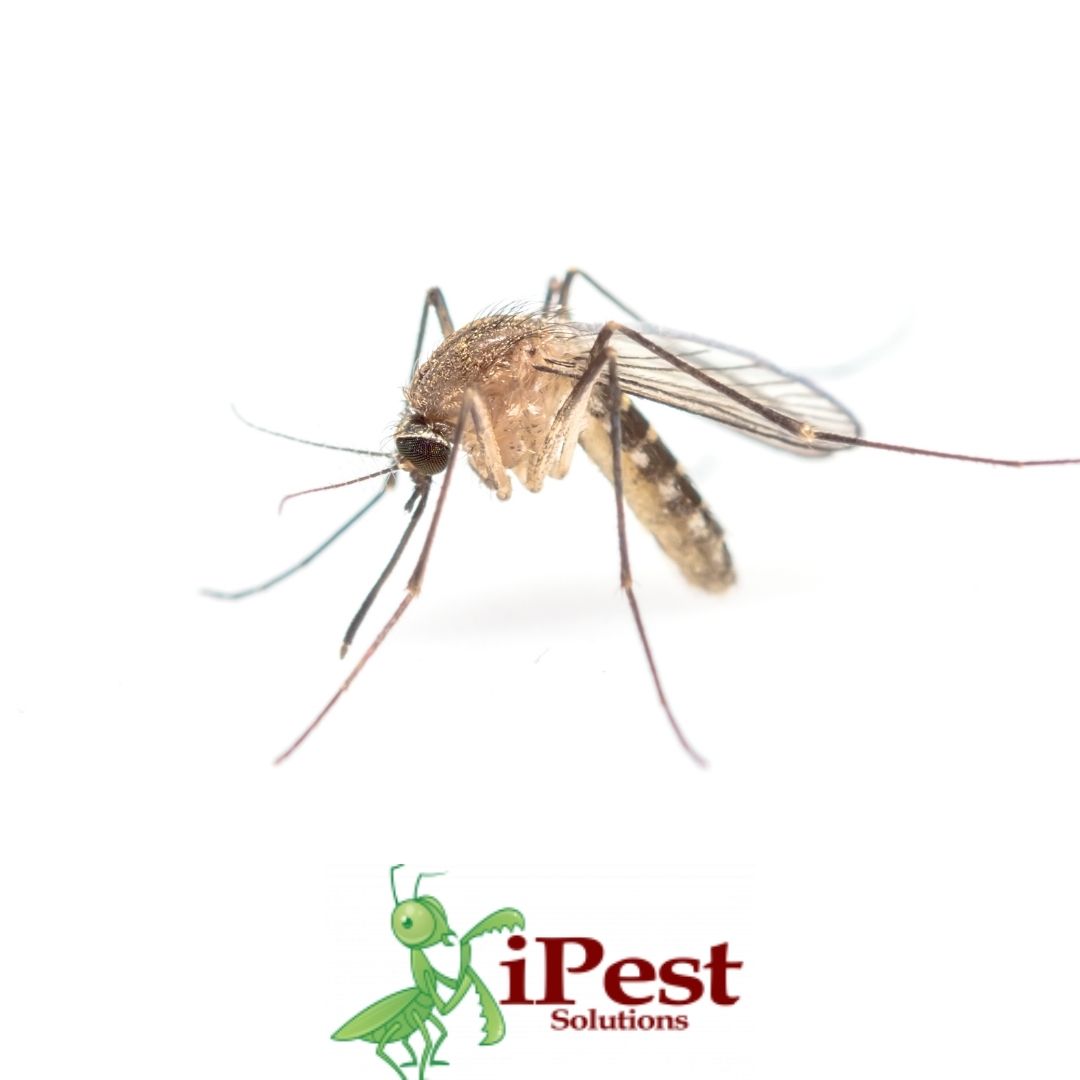Most mosquitoes will spend their lives flying around looking for warm-blooded mammals. It is a simple life, but it can be interesting. Let’s take a closer look at the life cycle of the mosquito.
Eggs
All mosquitoes start as eggs which are usually laid in standing water. Some species prefer different nesting locations, but most mosquitoes will go for the water. The males of the species do not feed on blood, and instead eat plant nectar. The females however will need blood to develop and nourish their eggs, with one female being able to lay 100 eggs at a time.
Larvae
After 24 to 48 hours, the eggs will hatch into larvae. These larvae will float on the surface of the water, and they soon reach sizes that are visible to the naked eye, usually about 5 mm in length. The water is essential to the survival of mosquitoes in the larval and the pupal stage, and if the water around them evaporates, they will all die.
Pupae
After about ten days, the larvae will become pupae. During this stage, the larvae will metamorphosize into adults, and this stage can last for up to a week. The young mosquito will emerge from its case and stand on the water until its wings are ready for flight. Once they’re ready, the females will take flight and start looking for a host on which to feed.
Getting rid of mosquitoes
In order to get rid of a mosquito infestation, you have to get rid of their breeding grounds. Killing adults will accomplish nothing, because they will be spawned by the hundreds every day. As such, any body of standing water that can be eliminated has to be eliminated, and those that can’t have to be treated. This is the only way to effectively remove an entire mosquito population.
A pest control pro will search for the source of the infestation first, and the source may be something like a lake or a pond, or it may be a puddle or a birdbath. In the first scenario, the approach to removing the infestation is a bit more complicated, and it may require additional steps because the water may not be on your property.
If you would like to know more about how a mosquito infestation is removed, or if there is an active mosquito population near your home, contact us today.







